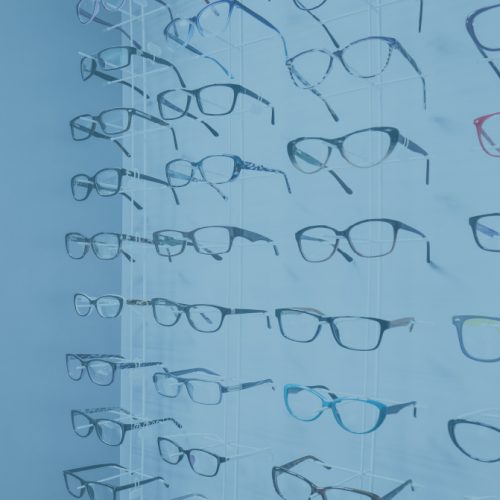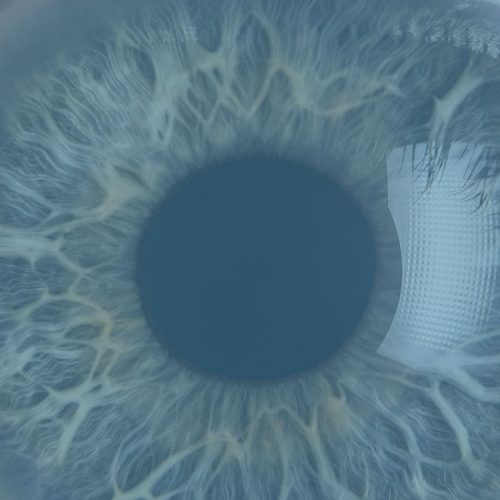Specialties
Our experience set us apart.
Baltimore’s most trusted eyecare specialists.
Caring for your eyes does not have to be a chore. At Levin, we offer a comforting, caring environment and a range of services including: eye exams, screenings, eyeglasses & sunglasses, contact lenses, and surgical procedures. Our doctors enjoy what they do and always have your eyes’ best interest in mind. Contact us today to learn more.
99%
positive reviews
submitted each year

Cataracts
We offer a number of treatment options including pain-free surgery with high success rates—resulting in better, clearer vision and improved quality of life.
Learn More >

Optical Services
Our experienced team enjoys providing you with a number of quality services and products.
Learn More >

Glaucoma
Preventing and slowing the progression of glaucoma is possible with regular eye exams and experienced physicians.
Learn More >

Glaucoma
Preventing and slowing the progression of glaucoma is possible with regular eye exams and experienced physicians.
Learn More >

Macular Degeneration
Improve your quality of life and control your loss of vision with the latest treatments and therapies.
Learn More >

Macular Degeneration
Improve your quality of life and control your loss of vision with the latest treatments and therapies.
Learn More >

Keratoconus
Discover a clearer tomorrow with our comprehensive eye screenings. Hard to detect but very treatable, keratoconus patients have a multitude of options available to enhance their vision.
Book Screening

Retina
We offer a treatment for a number of retinal diseases, including Age-Related Macular Degeneration, Diabetic Retinopathy, Retinal Tear/Detachment and many more.
Learn More >
“Waited less than 10 minutes, received a thorough eye exam, and loved the choice of digital retina scan instead of dilation. Worth every penny!”
– Danielle H
“Everyone was very helpful. The visit was quick and I got excellent help picking out frames.”
– Tina N
“Great visit. Very welcoming and always willing to answer any questions I have.”
– Kevin M
“The staff here always makes me feel comfortable and important. Everyone’s always very professional.”
– Lisa S
“From start to finish, everyone was professional and friendly. During the eye exam, the doctor provided a thorough exam and answered all of my questions.”
– Jennifer W
“Wonderful service, great prices. My husband and I will continue to come here for our eye care.”
– Shannon W
“Everyone in the office is friendly, educational, and accommodating. I am so glad, after moving to this area, to have chosen Levin Eyecare.”
– William D
“Great service and friendly staff! Highly recommend!”
– Hollie K
“Great service and friendly staff! Highly recommend!”
– Hollie K
“I was very happy with my experience. The doctor explained everything in detail and I left with a lot of information and did not feel uneducated.”
– Katherine H
Frequently Asked Questions
Still have questions?
- Insurance:
- You can use your insurance to cover a portion of the exam, eyewear or surgical expense.
- If your insurance includes a Flexible Spending Account (FSA) or a Health Savings Account (HSA), you can cover the remaining balance using that.
- Out Of Pocket
- Interest-Free Financing:
- Care Credit: This provides an option for payment of large out of pocket costs, like Panoptix lenses, procedures, and even eyewear and contact lens purchases. Please click here
Still have questions?
